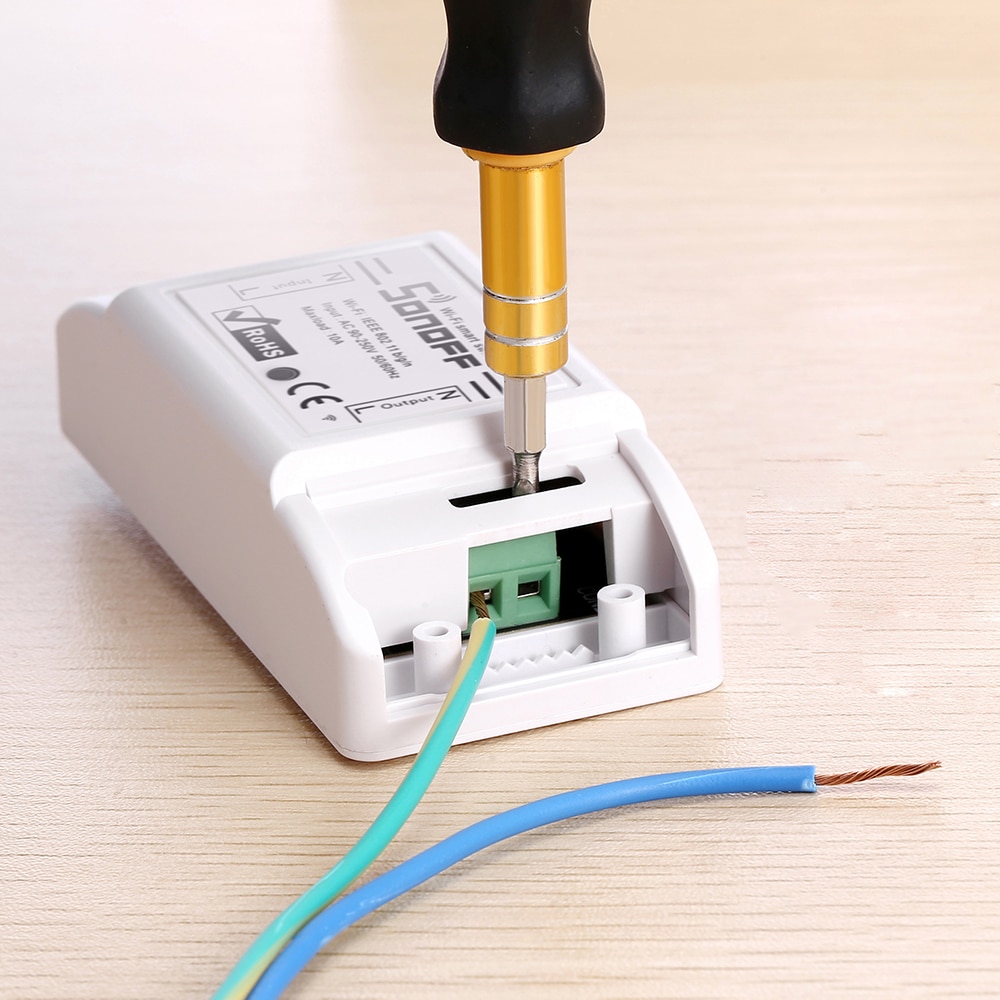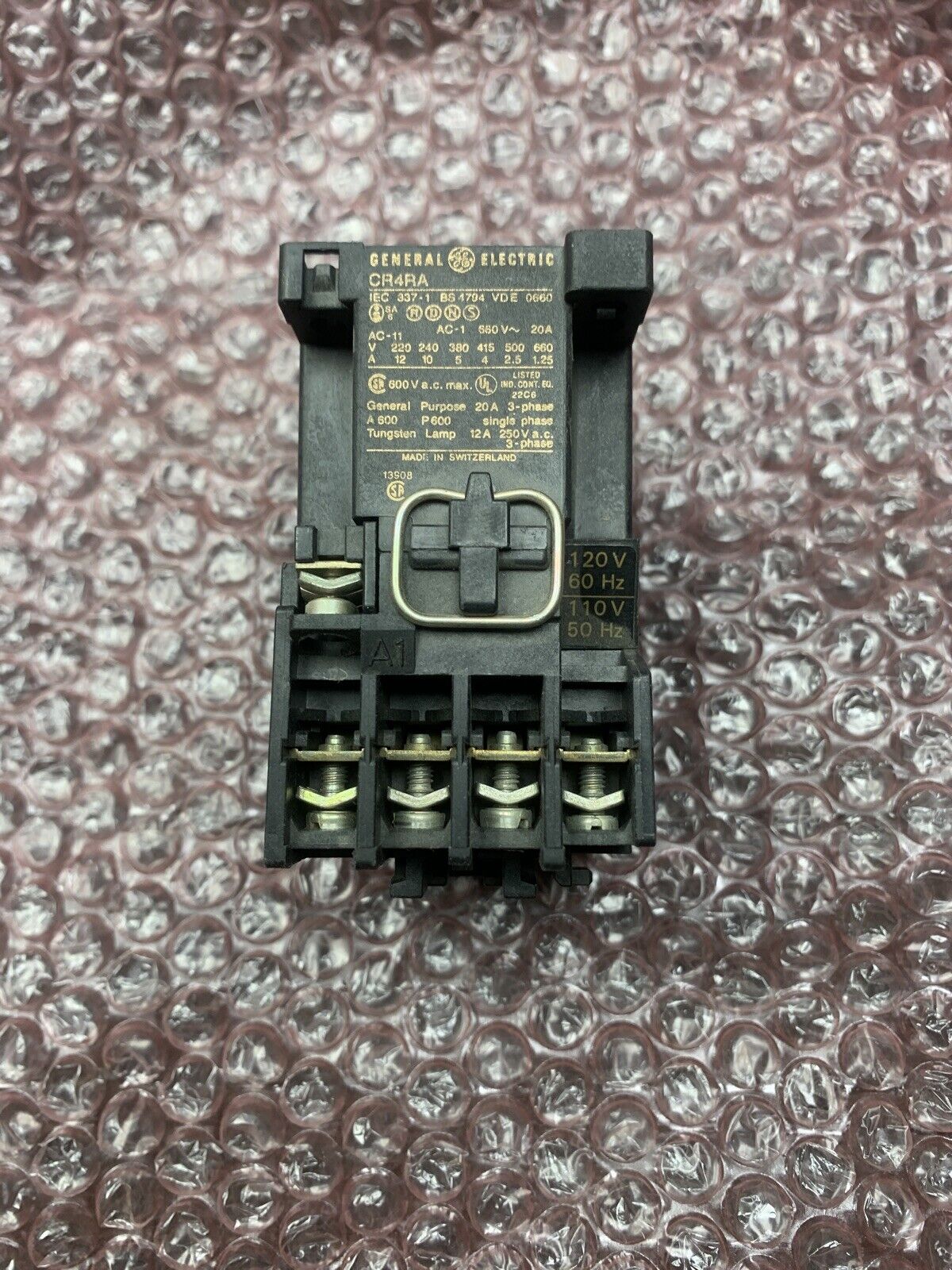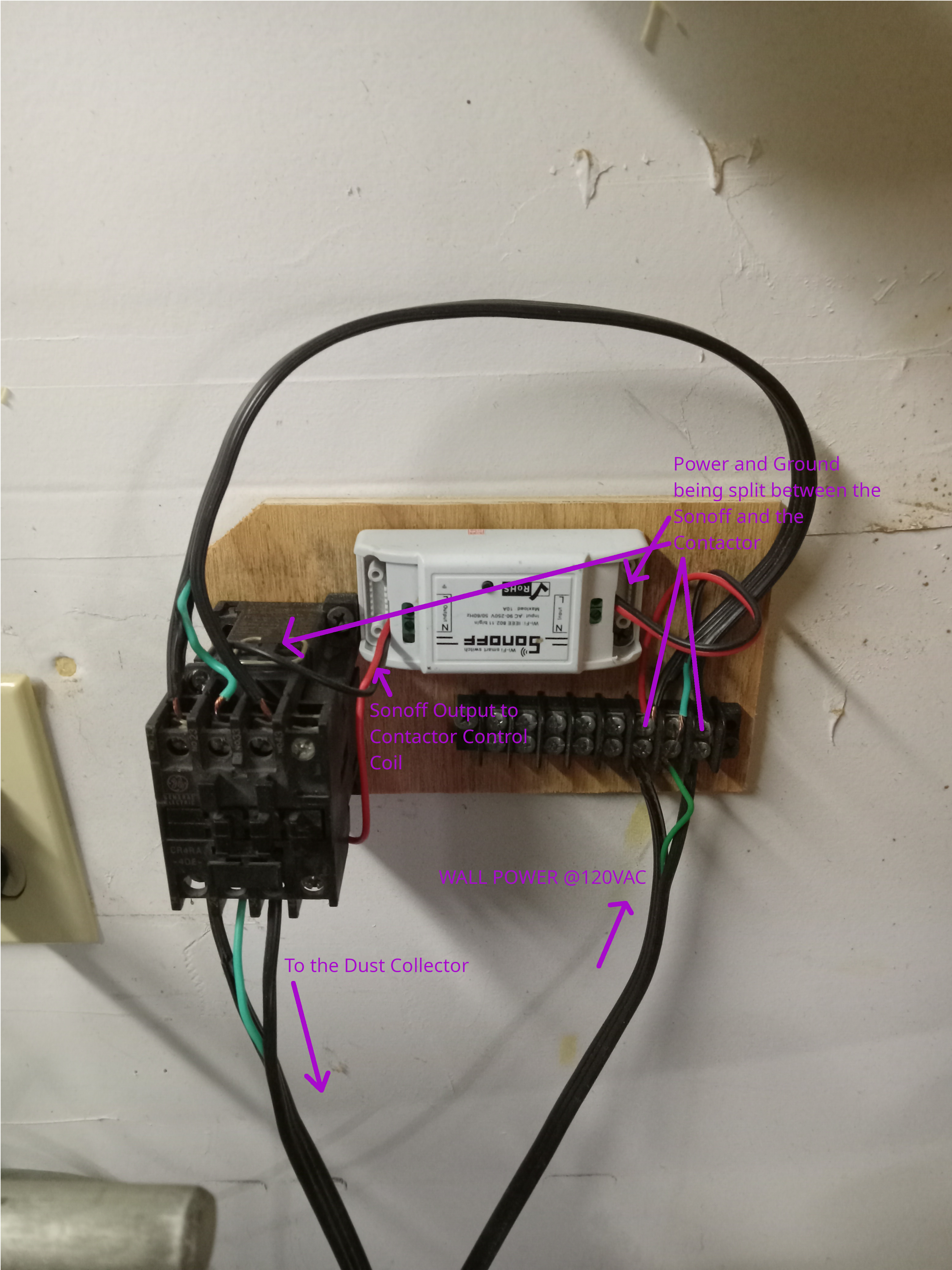DIY Workshop Remote Dust Collection
Once you get to use a dust collector remote in someone else’s shop, your dust collector will not be the same. For me it was in a well maintained woodworking shop in a co-working space in Oakland, every time I was back in my shop at the museum I was irritated to not have it, frequently just leaving the dust collector whirring away contributing to my tinnitus and wasting power. Now that I have a decent workshop setup in my home it was something that had to be addressed, not just for the table saw and other tools but I wanted it to be able to be controlled by the CNC.
There were options out there, most running around US$100 but they all seem to share one feature, their radio controlled and typically only come with one remote. This is fine if the table saw is the primary tool but complicates controlling from the CNC.
Needs⌗
- Controllable from a remote, multiple ideally
- Controllable from a computer
- Keep manual control at or near the dust collector
My first though was a Sonoff Basic, I bought a box of these years ago and have been using them for various control projects, they can be flashed with Tasmota making interfacing with them straight forward. Tasmota can be controlled with MQTT and as I’m already using this on other projects it makes sense.

These are rated for 10A@120VAC and my Harbour Fright dust collector was ~14A@120VAC so… maybe? Maybe not… The inrush current immediately fused the relay on the first attempt, and burnt up traces on a successive attempt. Right. So how do you actually switch loads this large?
Enter The Contactor⌗
A contactor is like a relay but much heavier duty. They use a coil like a relay but instead of switch-like contacts it’s two heavy duty plates being brought together. This means they can switch much, much larger loads. They come in all sorts of different configurations for their control signal and in my case I went with one that could switch something like 20A@550VAC, with a 120VAC control coil. With this I could stick with the Sonoff for my actual control and have the oomph to switch on the dust collector. I got this one off eBay for a whopping $12, which seems to be a pretty standard price.

Wiring it up⌗
The basic idea is… household power at 120VAC is connected to the inputs of both the Sonoff and the Contactor, the output of the Sonoff is connected to the Contactor Coil and the output of the contactor is connected to the dust collector.

Operation⌗
How this ends up working is the ESP8266 in the Sonoff switches on it’s relay, the relay applies 120VAC to the Contactors coil, the contactor closes supplying plenty of power for the dust collectors inrush current. At this point I’ve been using this system for 7 months and it’s working mostly flawlessly.
The Remote⌗
Any ESP32 with a user input could work here. In my case I’m using my custom made Ricmohte.
This is running a pretty bodged together firmware, it original was used as a remote shutter for a camera (hence the name).
The functionality is pretty basic, boots up, connects to WiFi and MQTT then it enables the remote. Any button
press after that will send the TOGGLE command to the Tasmota endpoint on the Sonoff. Here’s a video of it
in action, when it was still being used for the camera.
Firmware is here, though I wouldn’t recommend using it for anything.
The Software⌗
As mentioned above, I’m using Tasmota on the Sonoff and don’t see much reason to do otherwise. The device is well supported by the project, it’s very flexible if you want something other than MQTT to control, has Over The Air updates built in, probably a safe bet.